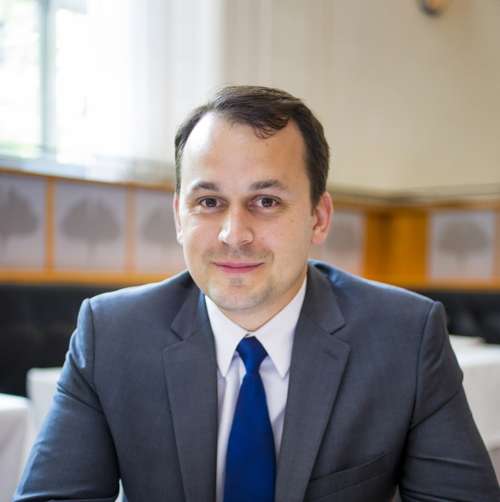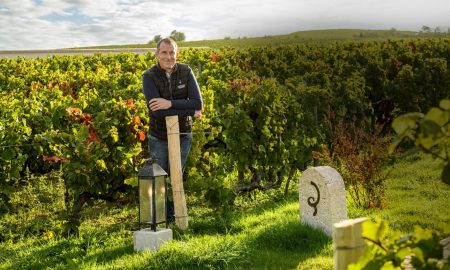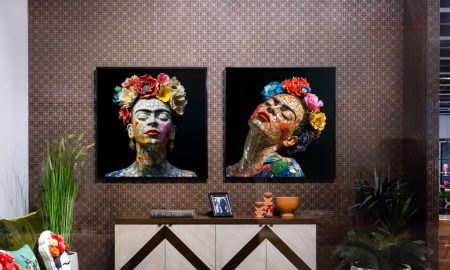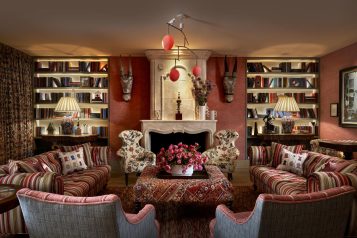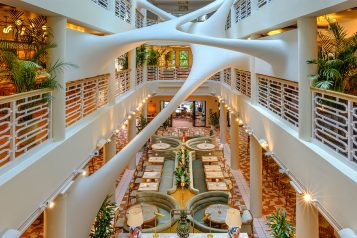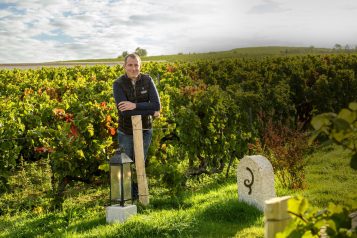In the first of our series we speak to the top sommeliers at Le Bernardin and 21 Club on what to drink now.
LE BERNARDIN: ALDO SOHM

Chef sommelier and wine director for Le Bernardin and the Aldo Sohm Wine Bar, Sohm was voted Best Sommelier in the World in 2008 and Best Sommelier in America in 2007.
What makes the wine and champagne collection at Le Bernardin competitive for a New York venue?
AS: We focus on small grower champagnes, and given our style of cuisine, they match beautifully. Of course we work with the big houses, too, as they make great champagne.
Rarest wines/champagnes in the collection:
AS: For wine: Clos Vouget Domaine René Engel 1937; cham- pagne: Magnum Krug, “Collection” 1985; Pierre Peters, L’Etonnant Monsieur Victor 2009.
Recent wine and champagne discoveries:
AS: For wine, Côtes d’Auxerre, “Gueules de Loup:” Jean- Hugues et Ghislaine Goisot 2013; champagne: Hubert Soreau, Blanc de Blancs, “Le Clos l’Abbe” 2008.
Wine regions to watch:
AS: De nitely champagne! And Austria and California.
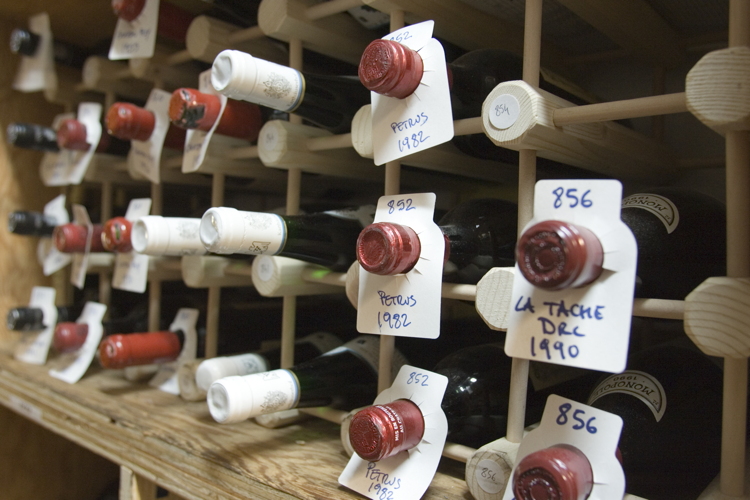
What you’re drinking:
AS: I just got back from a wine-focused trip to France. Drank tons of Loire wines, champagne, and Burgundy.
Trends in wine and champagne for 2017:
AS: People are buying great wines as never before, but they’re also looking for alternative areas such as Jura, Savoie, Loire, Corsica. I see the trend of grower cham- pagnes still continuing.
THE 21 CLUB: PHILIP PRATT
Celebrating a milestone 21 years at the 21 Club in May, Philip Pratt, its wine director and sommelier, has overseen a program that won the Wine Spectator Grand Award from 2003 to 2016.
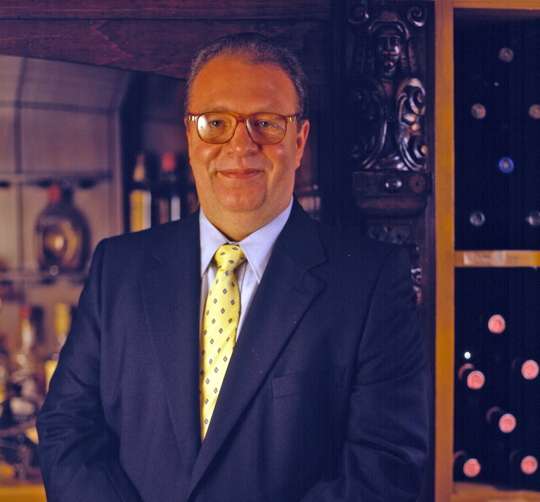
What makes the wine and champagne collection at 21 competitive for an iconic New York venue?
PP: When people come to New York, they expect the best of the world to be here; 21 embraces that theme. Our list includes the best wines and champagnes from around the world—not only wines from the best areas by the best pro- ducers but also wines that have age and development. When we look at newer regions, we try to o er the best examples of wines coming from them.
Rarest wines/champagnes in the collection:
PP: Most likely the 1929 Cheval Blanc, 1985 Roma- nee Conti, and 1989 Krug “Clos de Mesnil.”
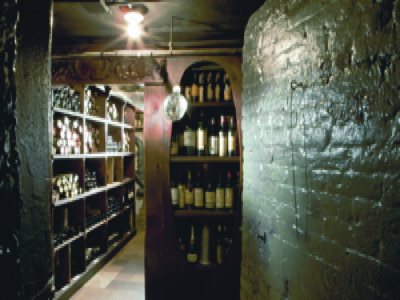
Your recent wine and champagne discoveries:
PP: Drappier’s Zero Dosage Rosé is such a won- derful food wine—it allows champagne to be more mainstream rather than just celebratory. Ari- etta’s “On the White Keys” Artists Reserve, a dead ringer for some of the most outrageously good white Bordeaux.
Wine region to watch:
PP: I have been and am still impressed with the depth and deliciousness of New Zealand Pinot Noir. The wines are the perfect blending of New World fruit and Old World earthiness. If any region will challenge Burgundy, it will be New Zealand.
What you’re drinking:
PP: Lately I’m trending toward Old World wines. I used to say Pinot Noir, but when I emptied out my cork bucket at home, I found more Old World wines like Bordeaux, Rioja, and Tuscany.
Trends in wine and champagne for 2017:
PP: Less oak in Chardonnay, fewer corked bottles, and even better quality from everywhere.
THE ALTAMAREA GROUP, HRISTO ZISOVSKI
As beverage director for the Altamarea Group, Hristo Zisovski oversees the wine and champagne programs for such notable New York restaurants as Marea, Vaucluse, and Ai Fiori among others.

What are the wine regions to watch?
The Burgundian examples of Chardonnays from Willamette, Oregon, and Pinot Noirs from Patagonia, Argentina.
Your recent wine and champagne discoveries:
I just experienced a small producer R. Pouillon & Fils whose bubbles are very powerful and have expressive characteristics. As for a rediscovery, it’s great to see Chianti Classico, Italy’s most famous name in wine, having a resurgence with excellent-quality wines.

What you’re drinking:
HZ: Lighter, aromatic, slightly chilled reds from Mt. Etna, Sicily; Gamay from Beaujolais; or cham- pagne.
Trends in wine and champagne for 2017:
HZ: This trend has started, but we hope it contin- ues—people are drinking more traditional wines that are not just thick and powerful but have nesse and elegance with lively acidity (don’t be afraid of it). Like the food we are eating, guests want to know more about where a wine comes from and what makes the region or winemaker unique—and see that translated to what is in the bottle.
What makes the wine and champagne collections at the Altamarea Group restaurants competitive for New York venues?
HZ: We make concerted e orts to highlight the world’s best producers in the best regions. We are also extremely proud of our extensive champagne program, with a major emphasis on grower-producer houses as well as the top Champagne Grande Marques.
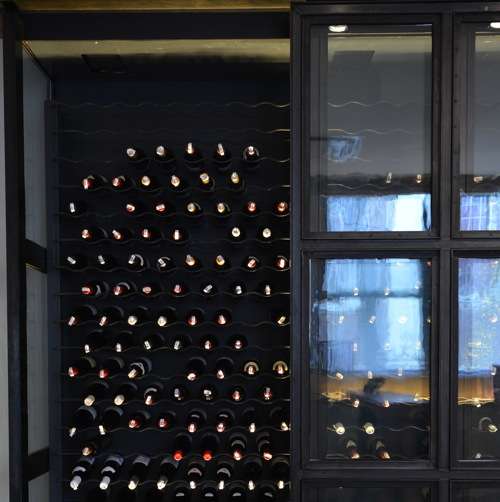
Rarest wines/champagnes in the collection:
Depending on the restaurant you visit, you can send 1958 Giacomo Conterno “Monfortino” Barolo at Ai Fiori, 1990 Cristal at Vaucluse, or 1985 “La Tache” from Domaine de la Romanee Conti at Marea.
ELEVEN MADISON PARK, CEDRIC NICAISE
Recently Eleven Madison Park was voted the world’s best restaurant by the World’s 50 Best Restaurants group. It also has a four-star rating from the New York Times. In 2015, Cedric Nicaise became wine director of Eleven Madison Park, which will open a summer outpost in the Hamptons this season.
What makes the wine and champagne collection at Eleven Madison Park competitive for a New York venue?
One of the most defining characteristics of our champagne list is the vintage depth of grower champagne. We have various vintages or disgorgement of some very small grower producers, which is very hard to find. Similar to the champagne section, one of the more interesting things about our wine list is the vintage depth of more inexpensive wines. We have over 300 wines on the list that are under $100. In some cases, vintages can be as old as 2005. I find that many large lists don’t focus enough on inexpensive wines. Although we don’t try to be everything for everyone, we find special ways to show value. I love entry-level wines from great producers. Something like Patrick Jasmin Vin de Pays 2010 for $75 is a steal, and there are tons of things like that.

Rarest wines/champagnes in the collection:
We have a vertical of Bollinger Vieilles Vignes Françaises, one of the great cuvees of champagne. Pierre Péters Cuvée Spéciale 1999, grower champagne with age, is really hard to find as noted above. Bé- rêche et Fils, Re et d’Antan (12.12) magnum—a nonvintage, perpetual cuvee with four years of bottle age, which is really exciting and not readily available. At the higher end, we have a lot of very old bottles. For example, Conterno from the 1940s or Burgundy from the ’60s and ’70s. Some of the rarest wines we have are from the Rhone; verticals of Gentaz and Verset come to mind. If you are looking for something more reasonable, I love the wines from Tempier, although they are steadily getting more expensive.
Recent wine and champagne discoveries:
Maxime Ponson, a very small grower in the northern part of the Montagne de Reims. The wines that he is producing are great and well balanced. He only makes around 6,000 bottles, so they’re hard to find.
Wine region to watch:
I think Champagne is the region with the most going on. There is a serious changing of the guard, with people in their thirties and forties, some even younger, who are starting to take over family domains or strike out on their own. This new generation is not just searching for better wines but also looking at better, more responsible farming as well.
What you’re drinking:
A lot of champagne—different styles, big houses, small growers, and everything in between.
Trends in wine and champagne for 2017:
More people drinking champagne all the time. It’s going to be more prominent at the dinner table, not just at cocktail parties and celebrations. I think the natural wine trend will slow down a little. The movement really swung the pendulum hard, but it has to swing back at some point. There are a ton of great natural wines, but there are also a lot of really not great ones.
THE RITZ-CARLTON NEW YORK, CENTRAL PARK, MARIKA VIDA-ARNOLD
In addition to serving as wine director of The Ritz-Carlton New York, Central Park, Marika Vida-Arnold is owner of Vida et Fils Wine Consulting. She spearheads the Phenomenal Femmes dinner series celebrating women’s achievement in the wine industry. Here she speaks about 2017 trends in wine and champagne.
What are the wine regions to watch?
Portugal—tremendous quality for the value. Some favorite producers: Herdade do Esporao, Wine & Soul, and Quinta do Crasto.
What you’re drinking:
Generally speaking, I am an Old World girl. Right now I am loving Muscadet with my oysters, and I never can get enough Nebbiolo. But ultimately, I am a traditionalist: bubbles, Burgundy, and Bordeaux.
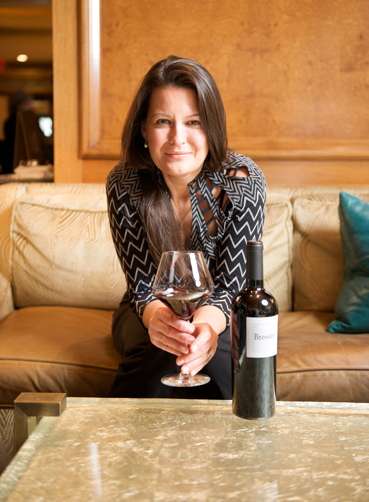
What makes the wine and champagne collection at The Ritz-Carlton New York, Central Park competitive for a New York venue?
Our list is not large, but it’s varied and has something for everyone. Some older gems on the list are from Burgundy, Rhone, and California. I love the 2002 Champagne vintage: some of my favorites: Dom Ruinart, Tarlant La Vigne d’Antan and Krug. I embrace both small growers and the big champagne houses. Bollinger and Moet Chandon sit next to Pierre Moncuit and Pierre Gimmonet.
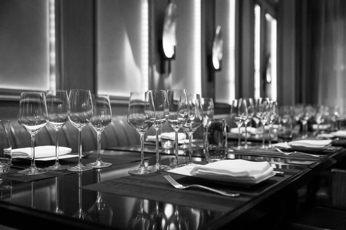
Trends in wine and champagne for 2017:
Biodynamic and organic wines continue to see their day. It’s o – cial: Rosé is now qua ed year-round. Lower-alcohol wines are being sought-a er. For champagne, the workhorse grape Pinot Meunier (or just Meunier) is now making a name on its own. I’m enjoying Christophe Mignon’s grower champagne that focuses on that grape.







